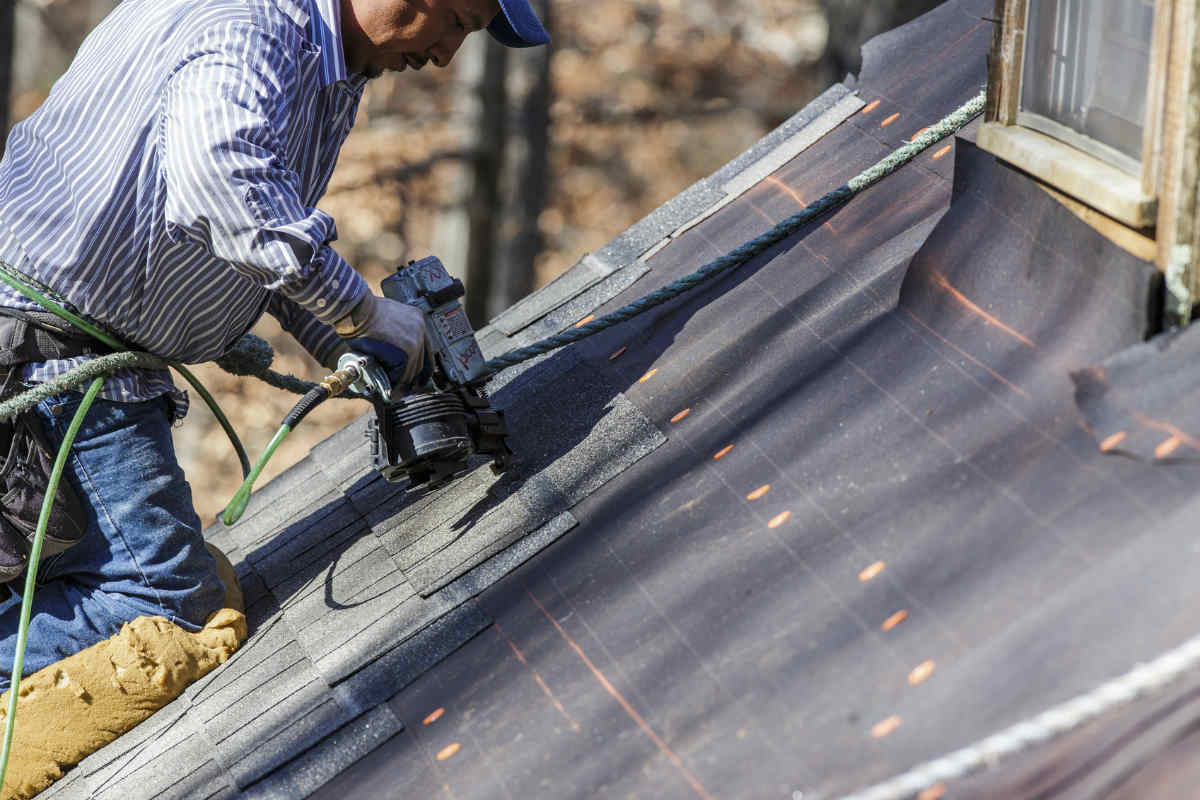Victims of roofing accidents often face challenges in receiving their rightful compensation.
 In addition to heights that roofers are expected to work at, there are other dangers they are exposed to. According to a report published by Dr. Sang Choi in the Journal of Safety, Health and Environmental Research, roofers are exposed to six times more risks of suffering a fatal on-the-job accident than workers in other professions.
In addition to heights that roofers are expected to work at, there are other dangers they are exposed to. According to a report published by Dr. Sang Choi in the Journal of Safety, Health and Environmental Research, roofers are exposed to six times more risks of suffering a fatal on-the-job accident than workers in other professions.
Roofers are most susceptible to accidents causing moderate to severe injuries mainly due to the fact that:
- the job requires them to work at dangerous heights
- roofers often lack safety equipment
- safety measures provided to roofers are poor
- working with hot bitumen
Work-Related Injuries and Roofing
Roofers who suffer injuries at work mostly suffer injuries that can be categorized as moderate to severe injuries, at times leading to death. According to Dr. Choi’s report, “typical injuries caused by roof workers are extremely severe, requiring long periods of treatment and recovery and resulting in substantial medical costs and lost worktime.” Serious injuries include:
- shattered and broken bones
- hemorrhaging and internal organ damage
- head trauma and brain injuries
- spinal damage and other back injuries
Roofers work on inclined surfaces that put pressure on the joints and muscles. The constant strain can cause repetitive stress injuries and other injuries to the back, foot and ankles, knees, and hands and fingers. Roofers are also at risk due to power tools that are used to fix roofs, as well as risks of burns due to hot asphalt.
Workers’ Compensation Benefits
Workers’ compensation benefits are available to injured workers regardless of fault and cover expenses related to medical costs, lost wages, and disability benefits. Employers have a responsibility to provide their workers with a safe working environment, provide necessary training, and provide essential safety equipment.
The Scaffold Law allows an injured employee to sue an employer if the employer fails to:
- provide a safety harness or the correct safety equipment
- ensure that a ladder is safe to use and properly tie off the ladder
- put safety barriers where necessary
- give safety training to employees
